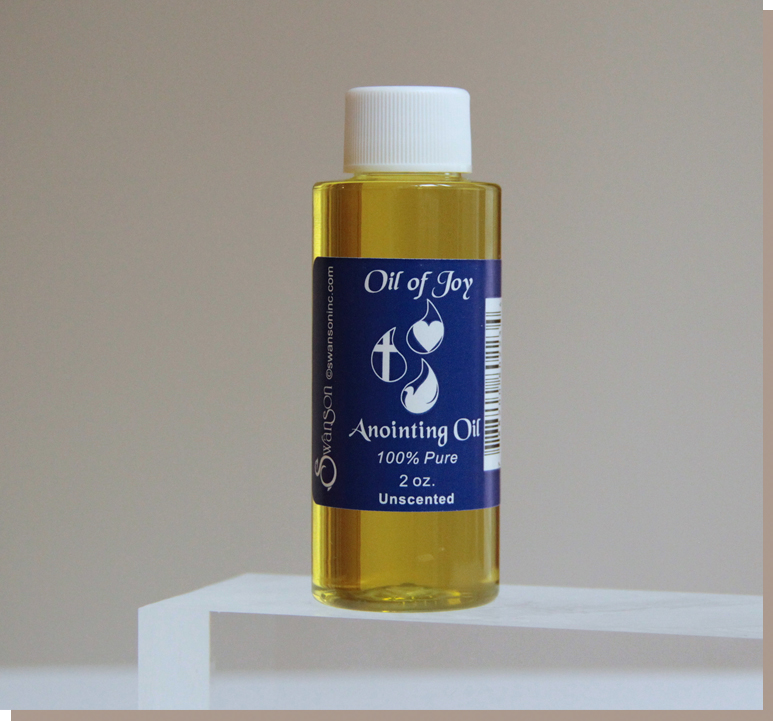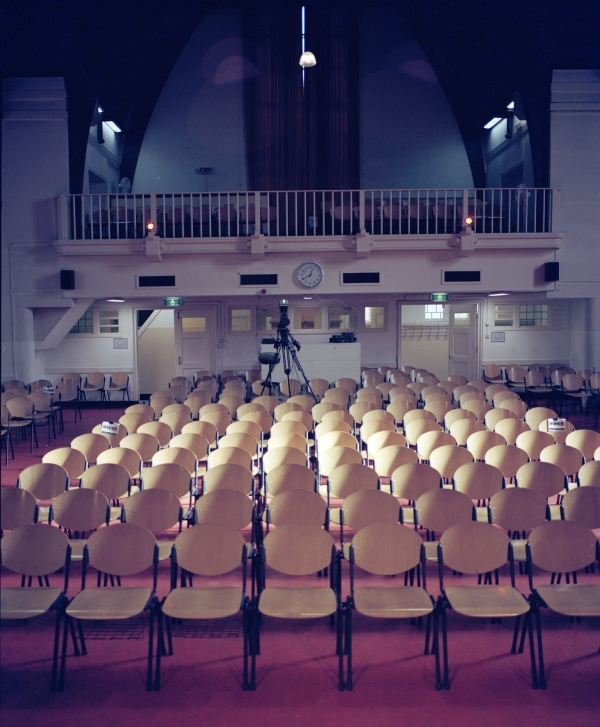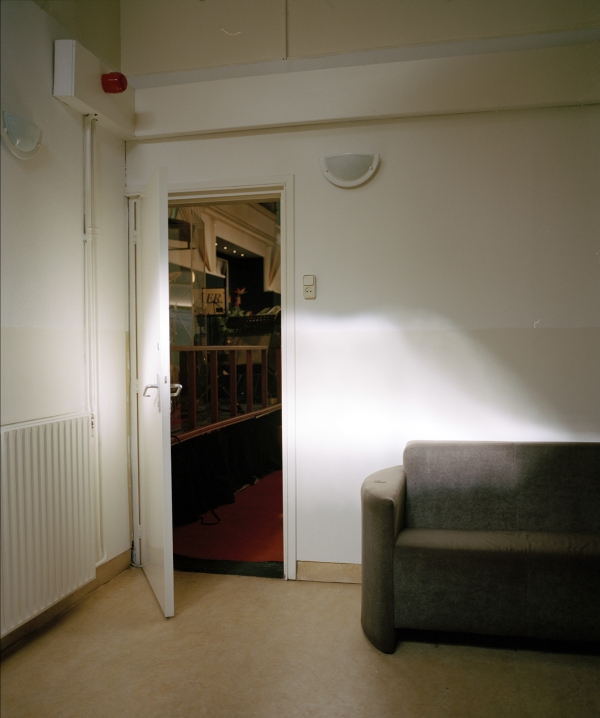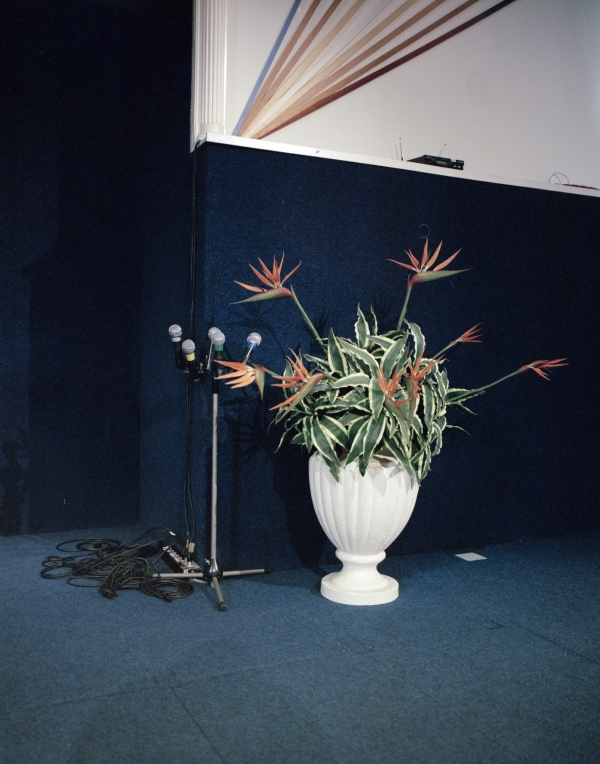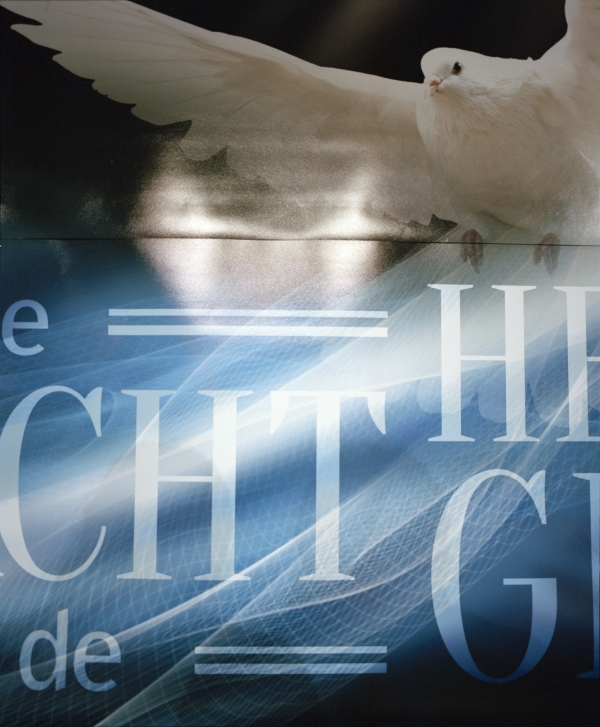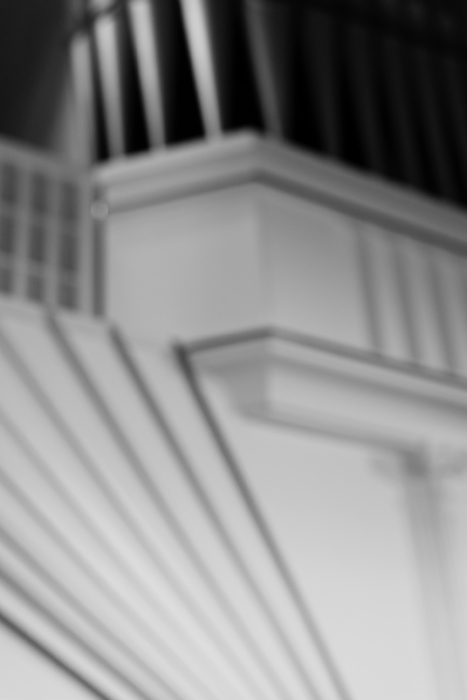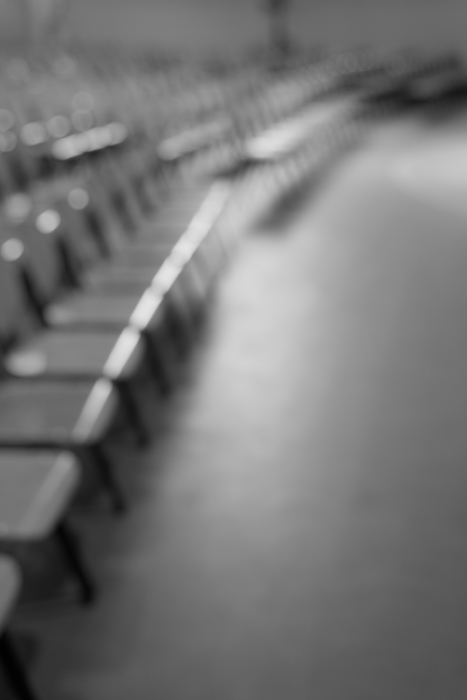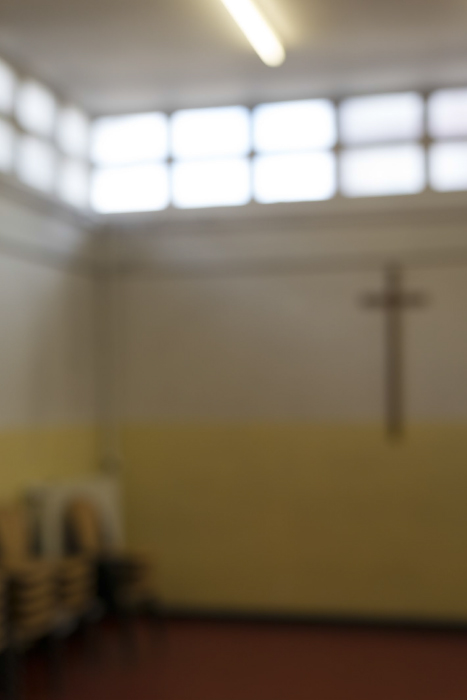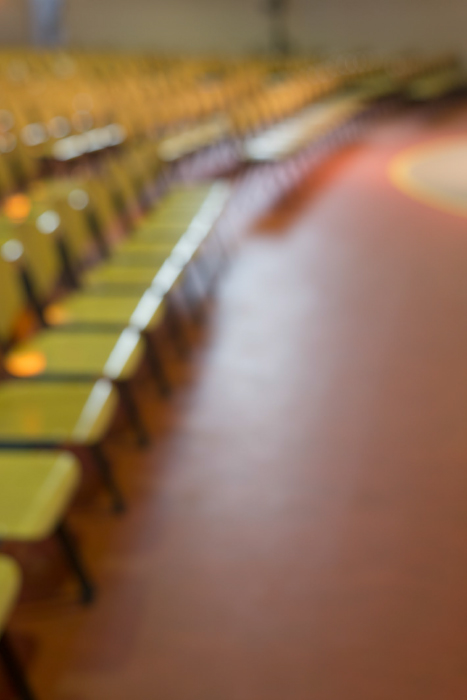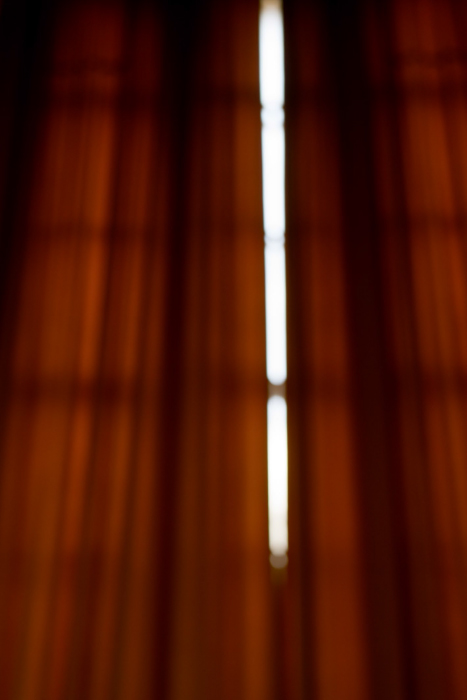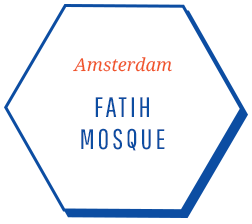A STORY OF CHRISTIAN DECLINE AND REVIVAL
In 1989, Joep van Doorn joined the Bethelkerk, a Calvinist Reformed Church in De Baarsjes, a neighbourhood in West Amsterdam. By that time the church community was already in serious decline. The remaining congregants, around thirty of them, held their services in a side-room of their former church, which they had sold to a Pentecostal group called Maranatha Ministries.
The Reformed community left the building a year later and joined the Reformed community of the Pniëlkerk in the nearby neighbourhood of Bos en Lommer. In the late 1990s, the congregation of the Pniëlkerk had also become too small to sustain their building, and it was decided that the church would be sold. It was subsequently converted into a theatre, Podium Mozaïek.
“This is no longer a church, but a memory of a church”, commented Joep, on revisiting the converted building. Joep’s congregation moved to the Augustanakerk, which they rented from – and shared with – a Lutheran church community. In 2015 the Lutherans decided to close this church. It has subsequently been abandoned and is destined for social housing.
Whilst all this was happening, the Pentecostal Maranatha Ministries witnessed spectacular growth. They had first congregated with approximately 150 people in the side room of the Bethel Church, which they then bought from the Reformed Church in 1983. Today the community has around 2,500 members, from many different backgrounds but including many Surinamese-Dutch. The Pentecostal church is now looking for a larger premises, having outgrown the former Bethelkerk.
This bottle of anointing oil was bought from the little shop in the Maranatha Ministries Church. The shop is attended by members of the congregation before and after the church services on Sundays, and offers a host of products, including post-cards, DVDs, mugs with printed Christian slogans and Christian self-help books. The bottles of anointing oil are displayed prominently on the counter.
Anointing oil, which is used for devotional practices, typifies the Pentecostal Christianity represented by Maranatha Ministries. It is one of the things that distinguishes their worship practices from those of the Reformed Protestants from whom they bought their church building.
TIMELINE MARANATHA MINISTRIES
2016
2016
Today, Maranatha Ministries has around 2500 members, from forty different national backgrounds. Church members come from all parts of Amsterdam and even from outside the city. A large part of the membership is of Surinamese descent. It has a missionary outlook and tries to reach as many people as possible. The Church’s leaders are now looking for a new building with enough space to bring together all its members in a single service.
1990
1990
After selling the building in 1983, the Reformed congregation moved to the side-room, once used by the Maranatha community, for their services. In 1990, the Reformed community left the building and joined with another Reformed church (Pniëlkerk, in the Bos en Lommer district). Meanwhile, the Maranatha Church, now called Maranatha Ministries, grew exponentially.
1983
1983
In 1983 the Reformed congregation sold its church building to the Maranatha community. The new owners of the building made some changes to the interior: the church benches were replaced by removable chairs, and a sound system and a stage with a bath for baptisms were installed. The Church’s organ was left in place. It continued to be played for some time, but has now fallen silent in favour of the amplified worship music of the “praise team”.
1976
1976
The Pentecostal Maranatha Church (Volle Evangelie Gemeente Maranatha) started to hold their services in a side-room of the Bethelkerk. The Maranatha community had come into existence in 1960 and used to meet in a room in a building in the city centre (Frederiksplein). In 1975, Stanley Hofwijks became the leader of the community and, under his work as a pastor, Maranatha started to grow quickly.
1928
1928
The Calvinist Reformed Bethelkerk (Bethel Church), built by the architect E.A.C. Roest, was erected in 1928 in De Baarsjes in West Amsterdam, as a Protestant counterpart to the neighbouring Catholic Chassé church.

